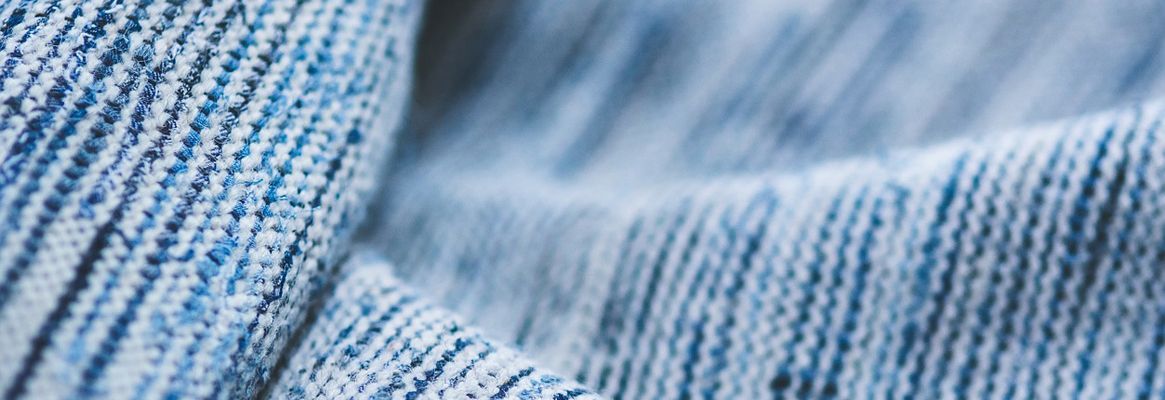Antimicrobial Finish

Clothing and textile materials carries a lot of microorganisms. A microorganism or microbe is an organism that is microscopic and usually not seen by the naked human eye. Microorganisms include bacteria, fungi, archaea, and protists; microscopic plants such as green algae; and animals such as plankton and the planarian. Some microbiologists include viruses in microorganisms.
Bacteria are uni-cellular organisms and grown very rapidly under warmth and moisture. Sub divisions of bacteria family include Gram positive (Staphylococcus aureus), Gram negative (E-Coli), spore bearing or non spore bearing type. Some bacteria are pathogenic and cause cross infection. Fungi, molds or mildew are complex organisms. Their growth rate is slow. They cause stain on the fabric and deteriorate the fabrics. Fungi become active at a pH level of 6.5. Algae are typical micro organisms which are either fungal or bacterial. Algae require continuous sources of water and sun light to grow and cause darker stains on the fabrics.
The hospital and healthcare systems are affected by microorganisms and cause negative effects. Deterioration, defacement and odors are all caused by microbial contamination of surfaces of uniforms and medical fabrics, medical devices and hard surfaces i.e., walls, ceilings, and air duct systems.
Even though many precautions are taken to prevent or reduce the transmission of harmful organisms in hospitals, such as hand-cleaning, housekeeping, and laundry protocols, but the risk of crosses contamination of surfaces and textiles to patients and staff is considerable. Textile material and hard surface in a hospital environment is a potential carrier of infectious agents such as bacteria, fungi, and yeast. The only effective way for reducing such infections throughout the healthcare complex is to use safe persistent antimicrobial technologies and to maintain the highest standards of hygiene.
Hospitals, schools, hotels, residences, food storage areas, and manufacturing facilities such as electronics, food, pharmaceuticals should have control of surface sourced microbial contaminants. The control of microbes must include for garments, beddings, linens, wipes, surgical fabrics, and other textile materials used in healthcare operations and construction materials.
The inherent properties of a textile product lead to growth of organisms. The growth of microorganism on textile product leads to lot of functional, hygienic and aesthetic problems. Out of this, the most problematic microorganisms are fungi and bacteria. Algae can grow on textile product under humid conditions. They are problematic only because they act as nutrient sources for fungi and bacteria. Fungi can cause several problems to textile product, such as discoloration, colored stains and fiber damage. Bacteria may cause unpleasant odors, slick, slimy feel and also can leads to some fiber damage.
During processing of textile material, several substances added to the textile materials, such as lubricants, antistats, size, thickeners and hand modifiers. All these are a source of food for microorganisms. Synthetic fibers are less susceptible to deterioration by affecting microorganisms than natural fibers. Natural fibers are more easily attacked by microorganisms. Natural man made fibers, such as rayon are easily attacked by mildew and bacteria. Animal fibers, such as keratin, wool, silk are more easily attacked by bacteria and insects than cotton, whereas cotton is more likely to be attacked by fungi than wool.
About the Author
The author is Dy. Manager (TQM) at Shri Lakshmi Cotsyn Limited, UPSIDC Industrial Area, Malwan, Dist. Fatehpur, U.P.






